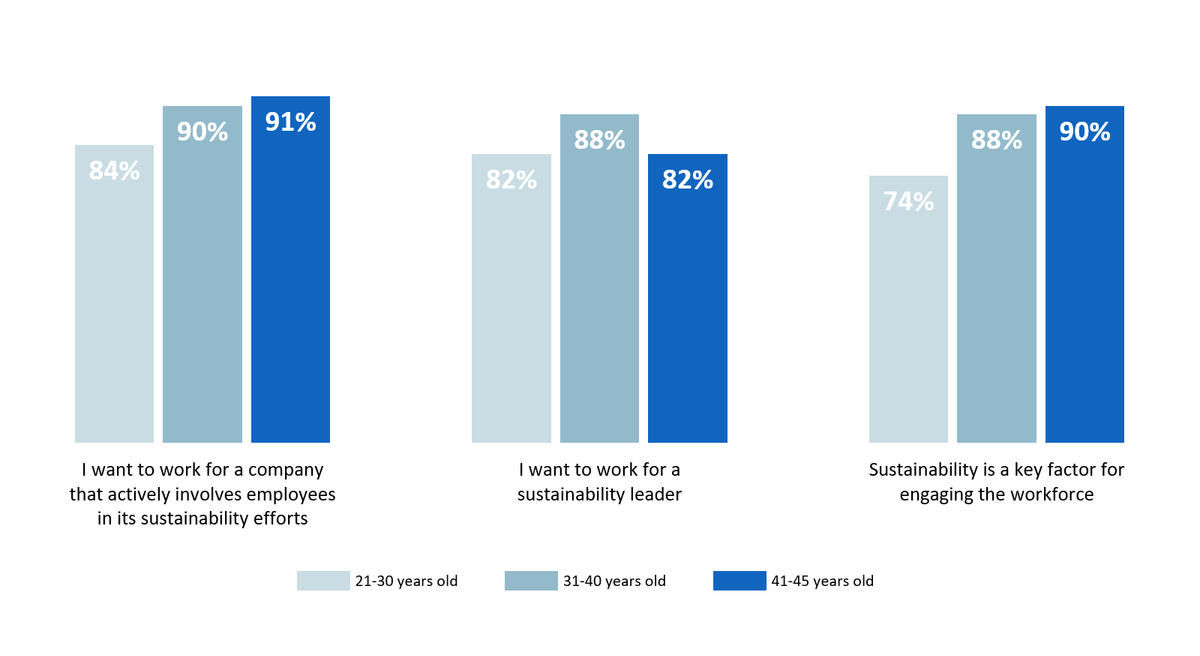But how does such a large organization embed its sustainability commitment into every department, reaching every employee, while keeping engagement levels high?
For Ross Parsons, Director of Pursuits at JLL Hong Kong, the answer was clear: inspire sustainability action through meaningful employee engagement.
BUSINESSES
Ways to generate impact
Eco Surveys
Engaging surveys that deliver results
Impactful events
Reward attendees and offset emissions
Impactful loyalty rewards
Increase retention and engagement
Impactful commerce
Integrate trees into checkout
Impactful workforce
Reward and engage employees
Impactful business
Integrate trees into everyday operations
Pricing
INDIVIDUALS
INTEGRATIONS
Menu
- BUSINESSESWays to generate impactEco SurveysEngaging surveys that deliver resultsImpactful eventsReward attendees and offset emissionsImpactful loyalty rewardsIncrease retention and engagementImpactful commerceIntegrate trees into checkoutImpactful workforceReward and engage employeesImpactful businessIntegrate trees into everyday operationsPricing
![[object Object]](https://umsousercontent.com/lib_fJkRsVFgWFJYAzaG/my1xxplbmiaj6ryl.png?w=260)





